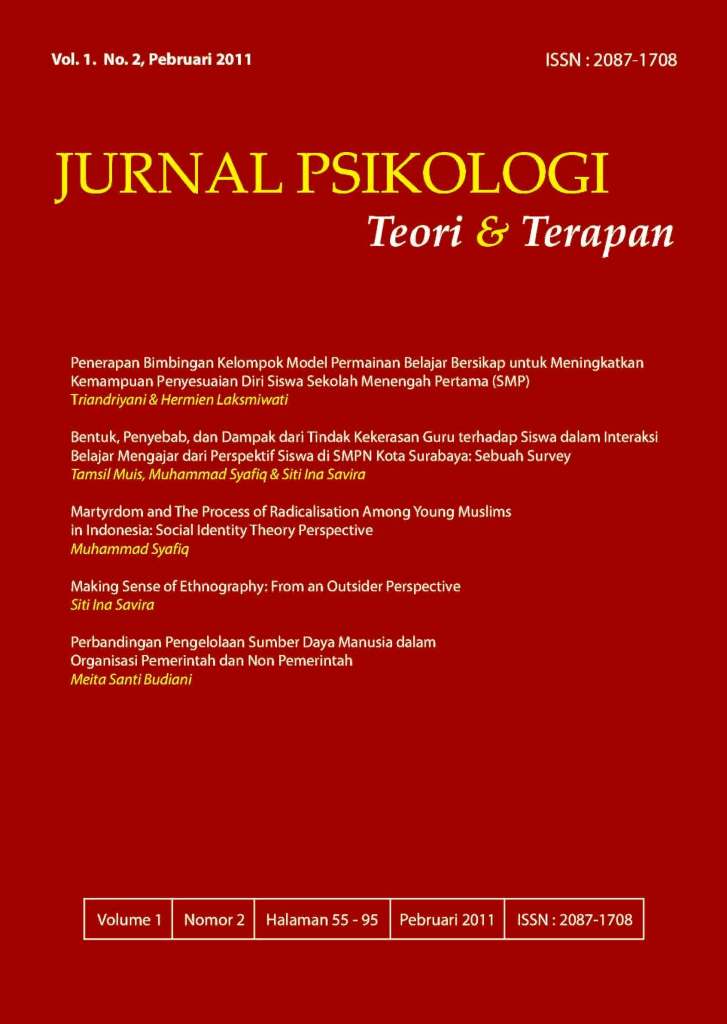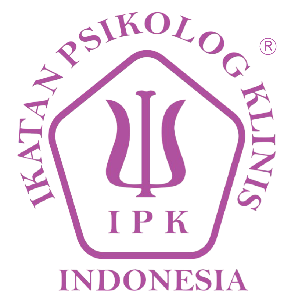MAKING SENSE OF ETHNOGRAPHY: FROM AN OUTSIDER PERSPECTIVE
DOI:
https://doi.org/10.26740/jptt.v1n2.p82-87Keywords:
Ethnography, knowledge, cultureAbstract
his paper is aimed to compare two ethnographic works Learning to Labour (Willis, 1977), and Masculinity Beyond the Metropolis (Kenway, Kraack, & Hickey-Moody, 2004). The comparison is expected to illustrate how to make sense ethnographic work as a research methodology with its various types of epistemology and approach. The review will begin with a brief outline of the studies as described in each book and follow with further elaboration directed by several headings that covers Crotty (1998) four elements, namely epistemology, theoretical perspective, methodology, and method. It will also discuss the knowledge and values, and the theory of culture of each study.
References
Ambert, A., Adler, P. A., Adler, P., & Detzner, D. F. (1995). Understanding and evaluating qualitative research. Journal of Marriage and Family, 57(4 (Nov., 1995)), 879-893.
Cilliers, P. (2005). Complexity, Deconstruction and Relativism. Theory, culture, and society, 22, 255-267. doi: 10.1 177/0263276405058052
Crotty, M. (1998). Foundations of social research. London: SAGE Publications.
Gray, A. (2003). Research practice for cultural studies. London: SAGE.
Kelliher, F. (2005). Interpretivism and the pursuit of research legitimisation: An integrated approach to single case design. The electronic journal of business research methodology,3 (2), 123-132.
Kenway, J., Kraack, A., & Hickey-Moody, A. (2004). Masculinity beyond the Metropolis: Palgrave Macmillan.
Seale, C. (2012). Researching Society and Culture (3rd ed.). Los Angeles: SAGE.
Walsham, G. (1995). The emergence of interpretivism in IS research. Information systems research, 6:4(December, 1995), 376-394.
Willis, P. (1977). Learning to labour: How working class kids get working class jobs Saxon House, Farnborough.
Downloads
Published
How to Cite
Issue
Section
License
Authors who publish in this journal agree to the following terms:
Copyright in any article is held by the author.
The author grants the journal, publication rights with the work simultaneously licensed under a Creative Commons Attribution License that allows others to share the work with an acknowledgment of the work's authorship and initial publication in this journal.
Authors may enter into separate, additional contractual arrangements for the non-exclusive distribution of the journal's published version of the work (e.g., posting it to an institutional repository or publishing it in a book), with an acknowledgment of its initial publication in this journal.
Authors are permitted and encouraged to post their work online (e.g., in an institutional repository or on their website) prior to and during the submission process, as this can lead to productive exchanges, as well as earlier and greater citation of published work.
 Abstract views: 405
,
Abstract views: 405
, PDF Downloads: 356
PDF Downloads: 356


















